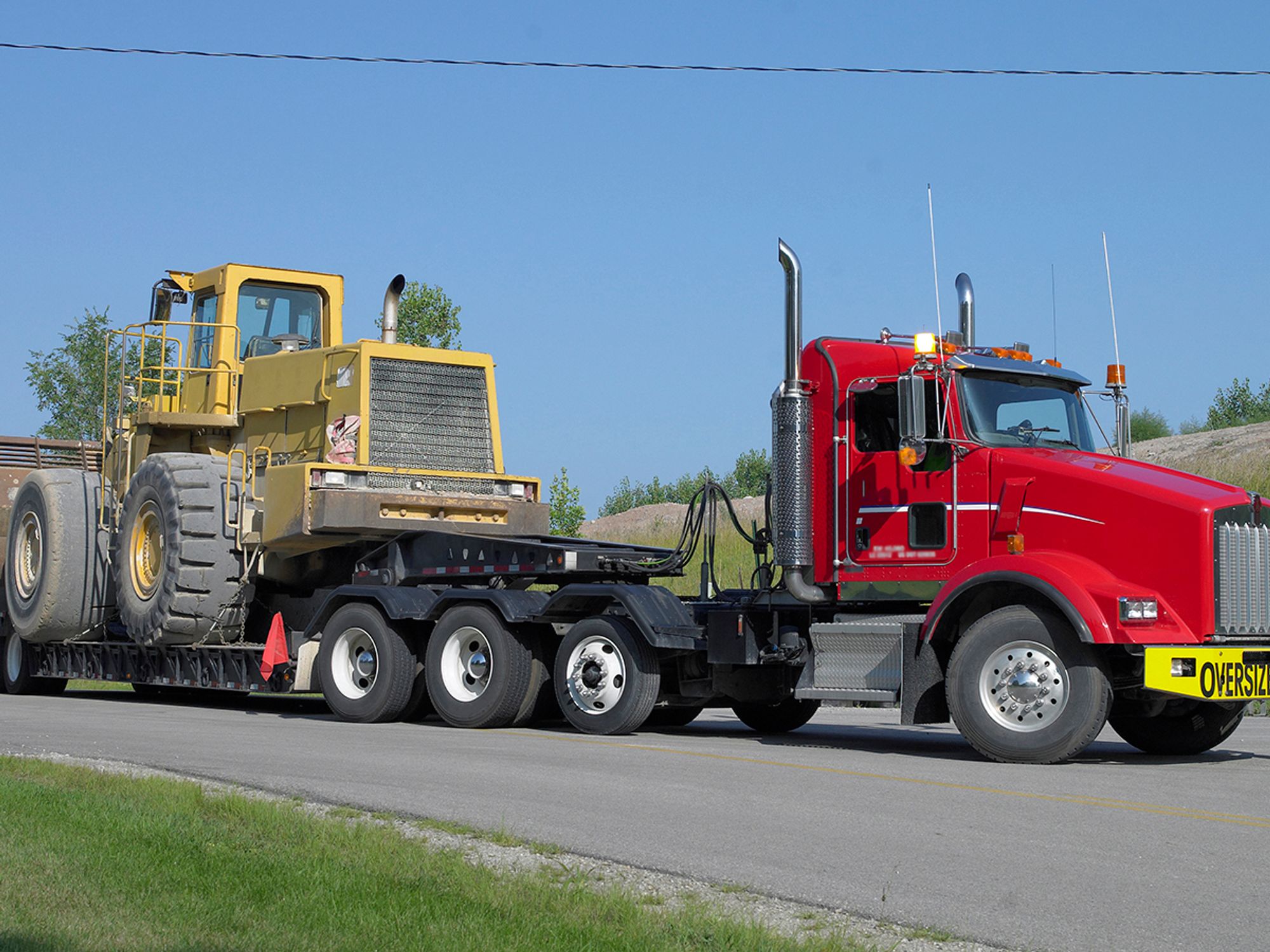Motor vehicle overview

Noise, equipment exhaust, earth vibrations, swinging buckets and booms, and vehicle blind spots all make construction sites dangerous places. However, dangerous does not have to mean unsafe. Earplugs, ventilation, signaling, barricades, warning signs, alert workers, and safety monitors, can all contribute to making a hazardous jobsite a safe place to work.
The following rules talk about OSHA-required safety equipment and pre-operation inspection.
Motor vehicles — Required equipment
- All vehicles must have a service, emergency, and parking brake system in good working condition.
- When visibility conditions warrant additional light, all vehicles in use must be equipped with at least two operational headlights and two taillights.
- All vehicles must have operable brake lights and a horn at the operator’s station.
- No driver can operate a motor vehicle with an obstructed view to the rear unless it has a reverse signal alarm you can hear above the surrounding noise level, or the vehicle is backed up when an observer says it is safe to do so.
- All vehicles with cabs must have windshields and wipers. Cracked or broken glass must be replaced.
- Haulage vehicles, whose pay load is loaded by cranes, power shovels, loaders, or similar equipment, must have a cab shield or canopy to protect the operator from shifting materials.
- Tools and material must be secured to prevent movement when transported in the same compartment with workers.
- Vehicles used to transport workers must have seats firmly secured and adequate for the number of workers to be carried.
- Seat belts must be installed in all motor vehicles.
- Trucks with an open-box bed must have positive means of support, permanently attached and capable of being locked in position to prevent accidental lowering of the bed. The bed should be lowered before driving the truck to prevent contact with overhead power lines.
- Operating levers controlling hoisting/dumping devices must be equipped with a latch or other device which will prevent accidental starting or tripping of the mechanism. Operators must avoid wearing loose clothing or personal protective clothing to avoid accidentally contacting/pulling levers.
Motor vehicles overview
- Dump truck tailgate trip handles must be arranged so that in dumping, the operator will be in the clear.
- All rubber-tired motor vehicles must be equipped with fenders (or mud flaps if not designed for fenders).
Motor vehicles — Inspections
- Never use any machinery, tools, or equipment not in compliance with OSHA standards and the manufacturer’s operations manual(s). Broken equipment must be identified as unsafe and tagged or locked or be physically removed from the jobsite.
- At the beginning of each shift you must check each vehicle you intend to operate for damage to the following components/systems:
- All brake systems;
- Tires;
- Horn;
- Steering mechanism;
- Coupling devices;
- Seat belts;
- Operating controls; and
- All safety devices. When such equipment is necessary, these requirements also apply to lights, reflectors, windshield wipers, defrosters, and fire extinguishers.
Motor vehicles — Operation
Employees must be qualified by training or experience to operate any equipment or machinery (1926.20).
Employee training
The construction rules for equipment and machinery do not discuss specific training requirements. However, operators of equipment and machinery must be qualified by training or experience to operate any equipment or machinery.
Training tips
- Demonstrate a pre-operational inspection on a frequently used piece of equipment.
Where to go for more information
- 29 CFR Subpart O — Motor vehicles, mechanized equipment, and marine operations.
- 29 CFR 1926.20 — General safety and health provisions.
- 49 CFR 350 to 399 — Federal motor carrier safety regulations.
